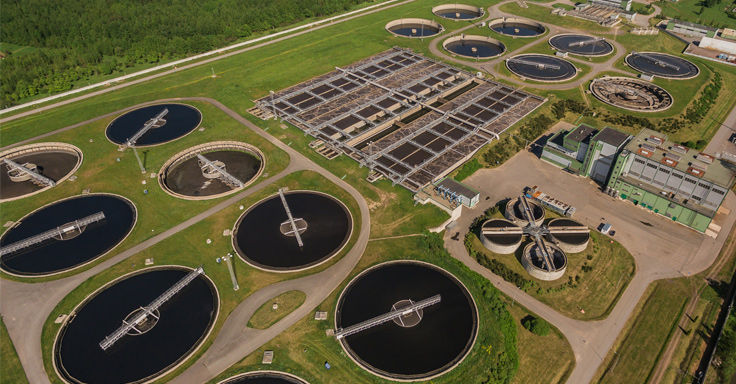
WHAT ARE CONTACT LENSES –
Contact lenses are thin, curved lenses placed on the film of tears that covers the surface of your eye. Although the contact lens is naturally clear, they are often given a slight tint of colour to make them easier for people to handle. Contact lenses can either be hard or soft. Most people opt for softer disposable lenses now.
CONTACT LENS WASTE –
The number of people wearing contact lenses across the world is increasing. With this increase in users, contact lens disposal is becoming more of an issue. American researches have now advised users to stop washing contact lenses down their drains and begin recycling them. Most contact lens wearers choose to use disposable lenses that after their short lives of up to 30 days, are swiftly thrown away or flushed down a drain. Regardless of whether you choose 30-day disposable lenses or two year hard lenses eventually, these lenses will have to be disposed of. The first choice for most is down the toilet or sink.
Researches in the US have conducted studies and investigated the effects of contact lens waste in an attempt to reduce plastic pollution. Their studies found that around 15-20 per cent of people in the US dispose of their contact lenses using the sink or toilet. In the UK, there are approximately 4.2 million contact lens wearers (As of 2017). Of these 4.2 million, 2.1 million use disposable lenses and 1.8 million people use frequent replacement lenses. This means that over 90% of contact lens wearers are throwing away their lenses at least once a month. This waste can make its way to water treatment facilities, where it becomes a part of wastewater.

POLLUTION –
In this study, it was estimated that around 14 billion lenses are thrown away each year. This resulted in 200,000kg of plastic waste. The number of people using contact lenses continues to rise, leading to an increase in plastic waste and pollution.
The pollution caused by improper disposable of contact lenses isn’t all down to the user. Most manufacturers don’t print enough information on the label and packaging, meaning the user has little idea as to how and where the lenses should be disposed of. Contact lens recycling isn’t as widely used as it should be but things are improving. Manufacturers such as Bausch & Lomb are starting recycling programmes in an effort to reduce waste created by contact lenses.
The lenses that aren’t able to be recycled should be disposed of with other non-recyclable waste. On top of lens waste being an issue with our water treatment, it can also pose a risk to wildlife. The plastic could cause issues to animals such as birds and worms if they ingest the plastic. This can pose a threat to animals higher up the food chain. These animals come into contact with the plastic through these other animals.
As long as your lenses are recycled or disposed of properly, they shouldn’t cause any more harm than other plastics. If you are worried about your contact lens waste, you could switch to harder lenses with a longer lifetime or switch to using glasses.
